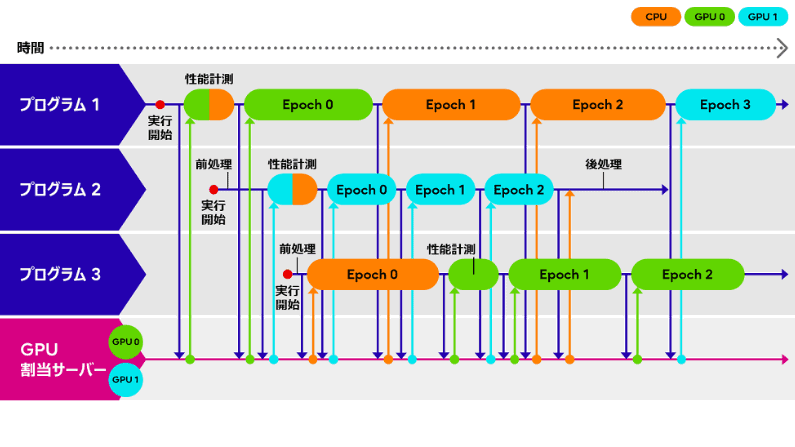Fujitsu's New Allocator Balances CPU, GPU Resources In Supercomputers
In response to the GPU shortage, Fujitsu gets creative with Adaptive GPU Allocation Technology and more.
Fujitsu Limited, a Japanese PC hardware company and one of the oldest in the industry, has introduced a pair of new technologies for handling CPU and GPU resources. PC Watch initially broke this story, so be mindful that the original text and associated imagery are in Japanese.
I'll break down the core information below.

The "main event" of this story is definitely Fujitsu's Adaptive GPU Allocation Technology. Before you get too excited, this is work that Fujitsu is doing in the space of supercomputers (and perhaps servers?), allowing for machines with multiple GPUs to dynamically allocate those graphics cards to the application(s) where they are most needed. Otherwise, processing can be done on the CPU.
This is unlikely to have much application outside of the supercomputer and server space but will allow for a marked improvement in computing efficiency from these devices. In particular, Fujitsu took this approach to work with the ongoing GPU demand seen in AI and deep learning spaces.
Another release from Fujitsu detailed in the original story is "Interactive HPC (High Performance Computing) Technology." This is less revolutionary since it really just refers to pooling the resources of multiple PCs to work together on a given task, especially intensive workloads like generative AI. And not to be overly reductive, but we don't even need actual PCs to pool computing resources like that— ever heard of the supercomputer made of PlayStation 3s?
In any case, the future is looking a little brighter for Fujitsu in the supercomputing and server space following these announcements. Considering how long the company has been active in these high-end environments, it's good to know they're continuing to innovate and find more efficient ways to make use of ever-rarer silicon.
Get Tom's Hardware's best news and in-depth reviews, straight to your inbox.

Christopher Harper has been a successful freelance tech writer specializing in PC hardware and gaming since 2015, and ghostwrote for various B2B clients in High School before that. Outside of work, Christopher is best known to friends and rivals as an active competitive player in various eSports (particularly fighting games and arena shooters) and a purveyor of music ranging from Jimi Hendrix to Killer Mike to the Sonic Adventure 2 soundtrack.